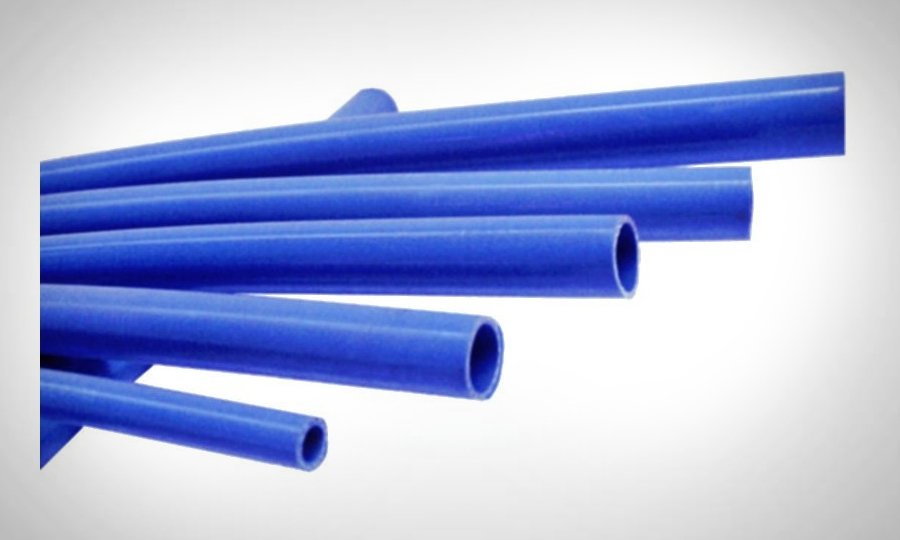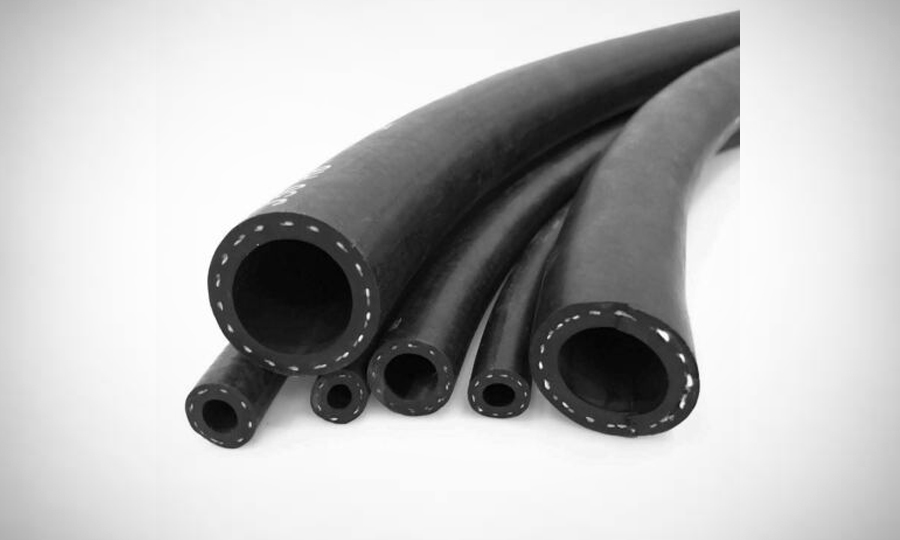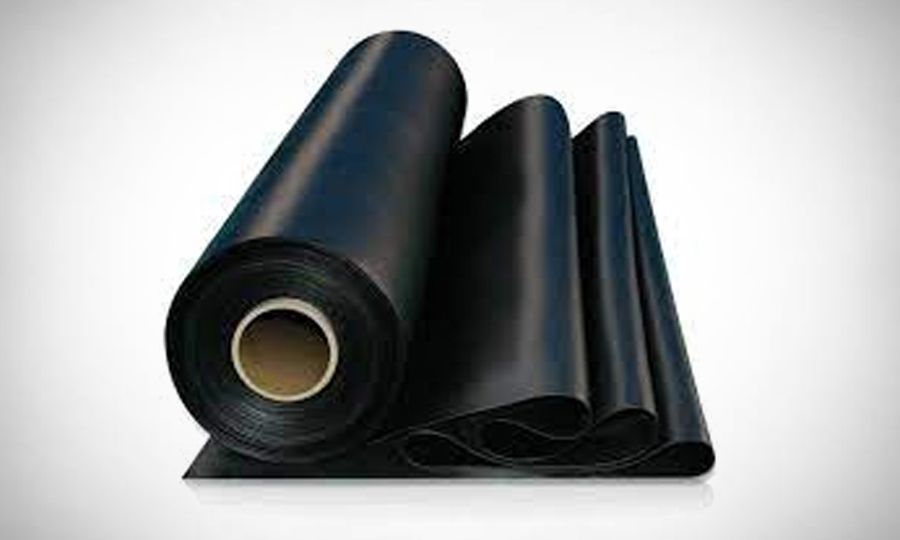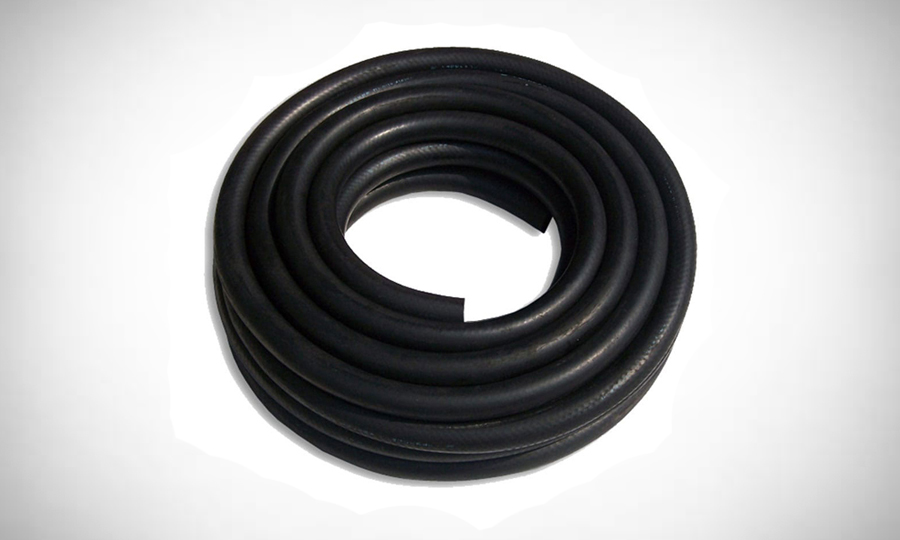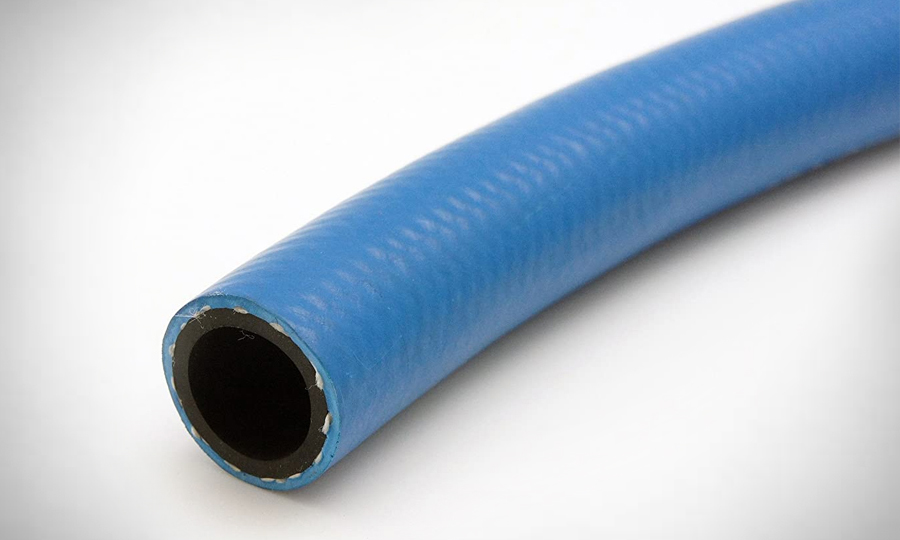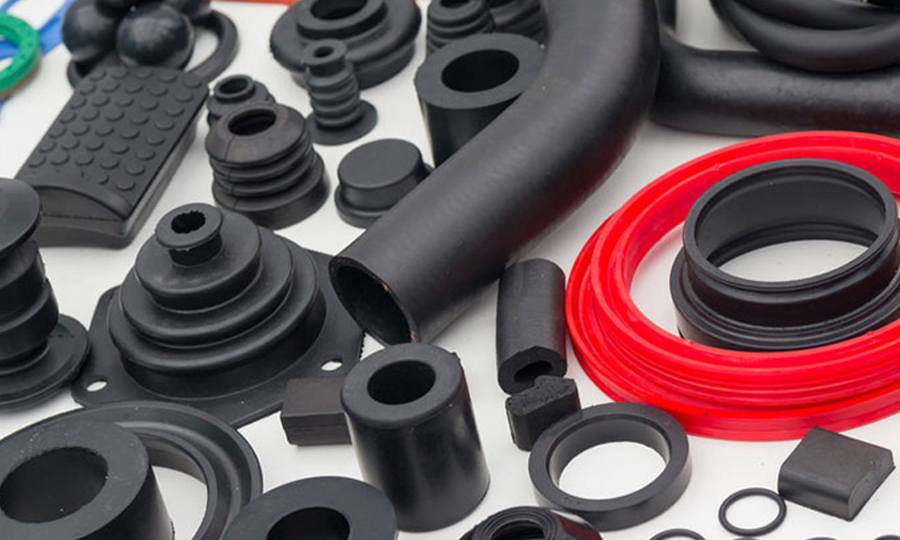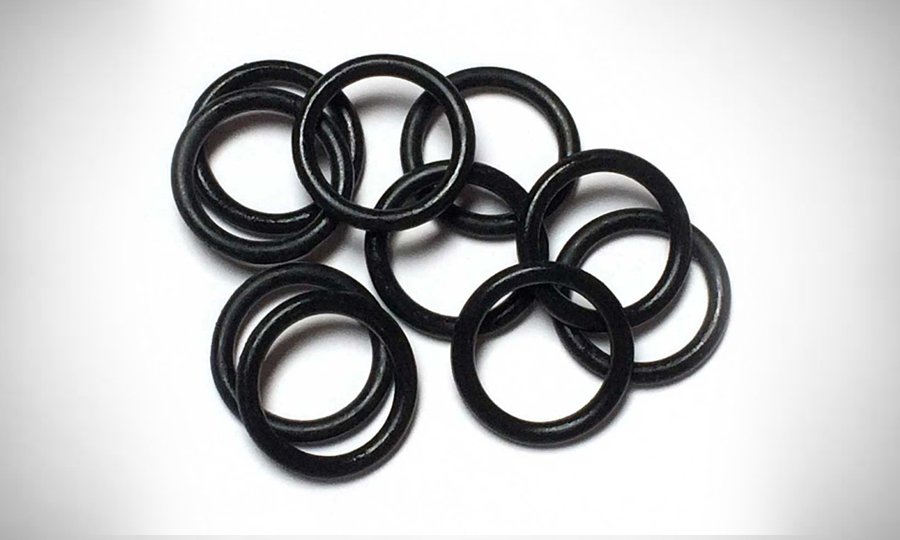+91 8976926950
response@eurosiliconehoses.com / enquiry@eurosiliconehoses.com
Hoses Manufacturer
Hose Pipe, Industrial hoses, Rubber Hoses, Silicone hoses Manufacturer, Exporter in Mumbai, India
What are Hoses?
Hoses are flexible tubes typically made of rubber, plastic, or metal that are used to convey fluids from one point to another. They are commonly used for transporting water, air, gases, oil, chemicals, and other materials in a wide range of applications. Hoses are available in various sizes, lengths, and configurations to suit different requirements.
Types of Hoses
There are numerous types of hoses available, each designed for specific purposes. Let's take a look at some of the most common types of hoses:
1) Garden Hoses: Garden hoses are used for watering plants, lawns, and gardens. They are typically made of rubber, vinyl, or a combination of both and come in various lengths, ranging from 25 to 100 feet. Garden hoses usually have fittings at both ends for easy attachment to faucets or other watering devices.
2) Air Hoses: Air hoses are used for transporting compressed air in pneumatic systems, such as in construction sites, automotive workshops, and manufacturing plants. They are typically made of rubber or PVC and are designed to withstand high-pressure air flow.
3) Hydraulic Hoses: Hydraulic hoses are used in hydraulic systems to transmit power by using pressurized fluid to generate force. They are commonly used in heavy machinery, construction equipment, and industrial applications. Hydraulic hoses are typically made of rubber or thermoplastic materials and are designed to handle high-pressure fluids.
4) Industrial Hoses: Industrial hoses are used in a wide range of applications, including transferring liquids, gases, and granular materials. They are commonly used in industries such as mining, agriculture, chemical processing, and food and beverage. Industrial hoses come in various types, such as suction hoses, discharge hoses, chemical hoses, and material handling hoses, and are made of different materials depending on the specific application.
5) Fuel Hoses: Fuel hoses are used for transporting fuel, such as gasoline, diesel, and oil, in automotive and marine applications. They are typically made of rubber or synthetic materials that are resistant to chemicals and abrasion. Fuel hoses are designed to handle the specific requirements of fuel transportation, including high-pressure and high-temperature conditions.
6) Vacuum Hoses: Vacuum hoses are used for collecting and transporting dust, debris, and other particles in vacuum cleaners, industrial vacuum systems, and other applications that require suction. They are typically made of flexible materials such as rubber or PVC and come in various sizes and lengths.
7) Ducting Hoses: Ducting hoses are used for ventilation, air conditioning, and heating systems, as well as for exhaust and fume extraction. They are commonly used in HVAC systems, automotive applications, and industrial processes. Ducting hoses are typically made of flexible materials such as PVC, polyurethane, or silicone and come in various shapes and sizes.
8) Marine Hoses: Marine hoses are used in marine applications for transporting water, fuel, and other materials on boats, ships, and offshore platforms. They are designed to withstand the harsh marine environment, including exposure to saltwater, UV rays, and extreme weather conditions. Marine hoses are typically made of materials that are resistant to corrosion, abrasion, and chemicals, such as rubber, PVC, or composite materials.
Hoses are made of different materials depending on their intended use and the specific requirements of the application. Here are some common materials used in hoses:
1) Rubber: Rubber hoses are widely used in various types of hoses due to their flexibility, durability, and resistance to abrasion, chemicals, and weather. They are commonly used in garden hoses, hydraulic hoses, industrial hoses, fuel hoses, and marine hoses. Rubber hoses can handle a wide range of temperatures and pressures, making them suitable for many applications.
2) PVC (Polyvinyl Chloride): PVC hoses are known for their affordability, lightweight, and resistance to corrosion and chemicals. They are commonly used in garden hoses, air hoses, ducting hoses, and vacuum hoses. PVC hoses are suitable for low-pressure applications and are often used for household or light-duty purposes.
3) Thermoplastic: Thermoplastic hoses are made of plastic materials that can be molded and reshaped when heated, making them highly flexible and lightweight. They are commonly used in hydraulic hoses, air hoses, and high-pressure applications. Thermoplastic hoses are known for their excellent resistance to chemicals, abrasion, and UV rays.
4) Composite: Composite hoses are made of multiple layers of different materials, such as rubber, plastic, and metal, to provide a combination of properties for specific applications. They are commonly used in chemical hoses, oil hoses, and marine hoses. Composite hoses are designed to handle the challenges of transporting aggressive chemicals, oil, and other fluids while providing flexibility and durability.
Uses of Hoses
Hoses are used in a wide range of applications across various industries, households, and outdoor activities. Here are some common uses of hoses:
1) Watering: Garden hoses are used for watering plants, lawns, and gardens in residential, commercial, and agricultural settings. They provide a convenient way to transport water from a water source to the desired location, making them essential tools for gardening and landscaping.
2) Fluid Transportation: Hoses are widely used for transporting fluids in various industries, including oil and gas, chemical processing, mining, agriculture, and manufacturing. They are used for transferring liquids, gases, and granular materials such as water, oil, chemicals, gases, slurry, and powders.
3) Hydraulics: Hoses are critical components in hydraulic systems that use pressurized fluid to generate force for heavy machinery, construction equipment, and industrial applications. They are used for transmitting power in hydraulic systems, allowing for precise control and efficient operation.
4) Vacuuming: Hoses are used in vacuum cleaners, industrial vacuum systems, and other applications that require suction for collecting and transporting dust, debris, and other particles. Vacuum hoses are essential for cleaning and maintaining cleanliness in residential, commercial, and industrial settings.
5) Heating, Ventilation, and Air Conditioning (HVAC): Ducting hoses are used in HVAC systems for ventilation, air conditioning, heating, and exhaust applications. They help transport air in and out of buildings, regulate temperature and airflow, and maintain indoor air quality.
6) Automotive and Marine: Hoses are used in automotive and marine applications for transporting fuel, coolant, air, and other fluids in vehicles, boats, ships, and offshore platforms. They are critical for the proper operation of engines, cooling systems, and other mechanical components in vehicles and marine vessels.
7) Construction: Hoses are used in construction sites for various applications, such as concrete pumping, dewatering, and material handling. They are used to transport water, concrete, slurry, and other construction materials to different areas of the construction site.
8) Agriculture: Hoses are widely used in agricultural applications for irrigation, spraying, fertilization, and livestock watering. They help farmers efficiently distribute water, fertilizers, and other agricultural inputs to crops and livestock, ensuring proper growth and health.
9) Mining: Hoses are used in mining operations for various applications, such as transporting water, slurry, chemicals, and compressed air. They are critical for maintaining operations in harsh mining environments and ensuring the safety and efficiency of mining processes.
10) Oil and Gas: Hoses are used in the oil and gas industry for transporting oil, gas, and other fluids in drilling, production, and refining operations. They are designed to withstand high pressure, extreme temperatures, and harsh chemicals, making them crucial for the safe and efficient extraction and transportation of oil and gas.
Benefits of Using Hoses
1) Flexibility: Hoses are highly flexible, allowing them to bend, twist, and maneuver around obstacles, making them versatile and easy to use in different applications.
2) Durability: Hoses are designed to withstand harsh environments, extreme temperatures, and high pressures, making them durable and long-lasting.
3) Versatility: Hoses are available in different sizes, materials, and configurations, allowing them to be used in a wide range of applications across different industries and activities.
4) Efficiency: Hoses provide a convenient and efficient way to transport fluids, gases, and materials from one location to another, saving time and effort in various processes.

